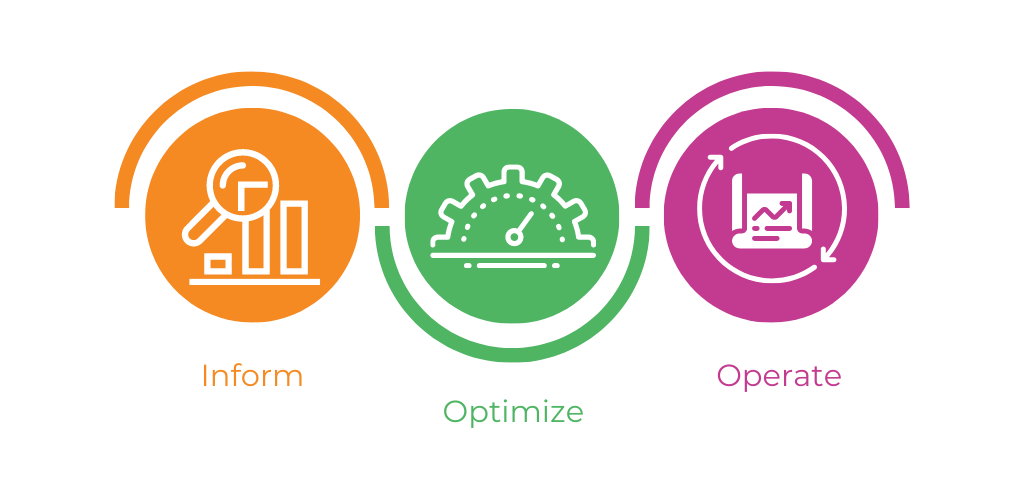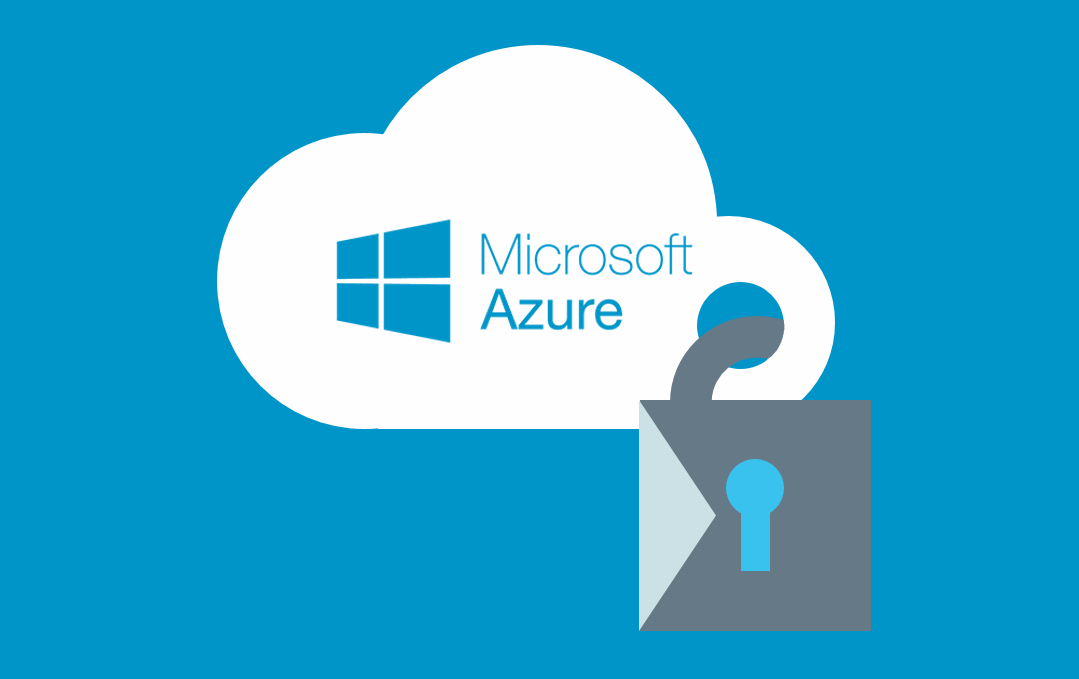




As more businesses move their applications and data to the cloud, securing cloud infrastructure becomes increasingly important. Microsoft Azure is one of the most popular cloud platforms, providing a wide range of services and features for running applications, storing data, and managing infrastructure. In this article, we will discuss some best practices for securing Azure cloud.
IAM is critical to securing any cloud infrastructure, including Azure. It involves managing user accounts, access policies, and authentication methods. In Azure, you can use Azure Active Directory (AAD) to manage user accounts and access policies. AAD allows you to implement single sign-on (SSO) and multi-factor authentication (MFA) for all users accessing the Azure environment.
Encryption is a critical security measure that ensures that data is protected from unauthorized access. Azure provides a variety of encryption options, including encryption at rest and in transit. To ensure that data is encrypted, you should use Azure Disk Encryption to encrypt virtual machines and Azure Storage Service Encryption to encrypt storage accounts. You can also use Azure Key Vault to manage encryption keys securely.
Network security is essential to securing Azure cloud. You can use Azure Virtual Network (VNet) to isolate your cloud resources and control network traffic. You can also use Network Security Groups (NSG) to create rules that allow or deny traffic to and from specific resources. Azure also provides features like Azure Firewall and Azure DDoS Protection to protect against network attacks.
Monitoring and logging are essential for identifying security threats and detecting potential breaches. Azure provides several tools for monitoring and logging, including Azure Security Center, Azure Monitor, and Azure Log Analytics. These tools allow you to track system events, identify threats, and respond quickly to security incidents.
Compliance is essential for businesses that handle sensitive data or operate in regulated industries. Azure provides several compliance certifications, including HIPAA, PCI DSS, and ISO 27001. To ensure that your cloud infrastructure is compliant, you should regularly review Azure compliance reports and audit logs.
Disaster recovery is critical for ensuring business continuity and preventing data loss. Azure provides several disaster recovery options, including Azure Site Recovery, Azure Backup, and Azure VM replication. These tools allow you to replicate data and applications to different regions or data centers, ensuring that your business can continue to operate even in the event of a disaster.
In conclusion, securing Azure cloud requires a comprehensive approach that includes identity and access management, encryption, network security, monitoring and logging, compliance, and disaster recovery. By implementing these best practices, businesses can ensure that their cloud infrastructure is secure and protected from potential security threats.



